Topics:
Never Miss a Beat - Get Updates Direct to Your Inbox
FILTER:


Top 10 Amazon Seller Metrics To Track in Your FBA Business
By Ian Drogin
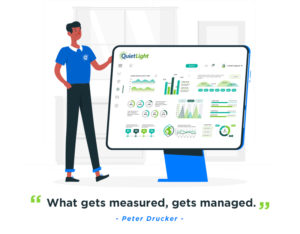

Understanding each key metric in your FBA business is imperative at every stage of your selling journey. Not only is meeting Amazon’s metric standards necessary for maintaining the health of your Amazon account, but seller metrics also provide you with invaluable insight for improving your business.
In this article, we’ll be explaining the ten most important seller metrics to track in your Amazon FBA business, as well as how to manage those metrics to maximize your success.
10 Amazon FBA Seller Metrics to Track
First, what determines whether a metric is significant enough to warrant tracking?
In an Amazon FBA business, there are two primary criteria determining a metric’s importance:
- Does the metric affect the health of your seller account, and in turn, your privileges to sell on Amazon?
- Does the metric affect your ability to run a profitable, successful Amazon business?
If the answer is yes to either of those questions, it’s probably safe to say that the metric is valuable to track. You can’t succeed if Amazon shuts down your seller account or you can’t maintain healthy profit margins.


Based on this definition of “important,” here are the ten most critical seller performance metrics to track in your FBA business. Each of these affects one or both of the criteria mentioned above.
Buy a Profitable Online Business
Outsmart the startup game and check out our listings. You can request a summary on any business without any further obligation.
1. Unit Session Percentage
The Unit Session Percentage is Amazon’s terminology for conversion rate. In other words, of all the potential visitors who visit your product page (sessions), the Unit Session Percentage is the percentage of customers who actually purchase your product.
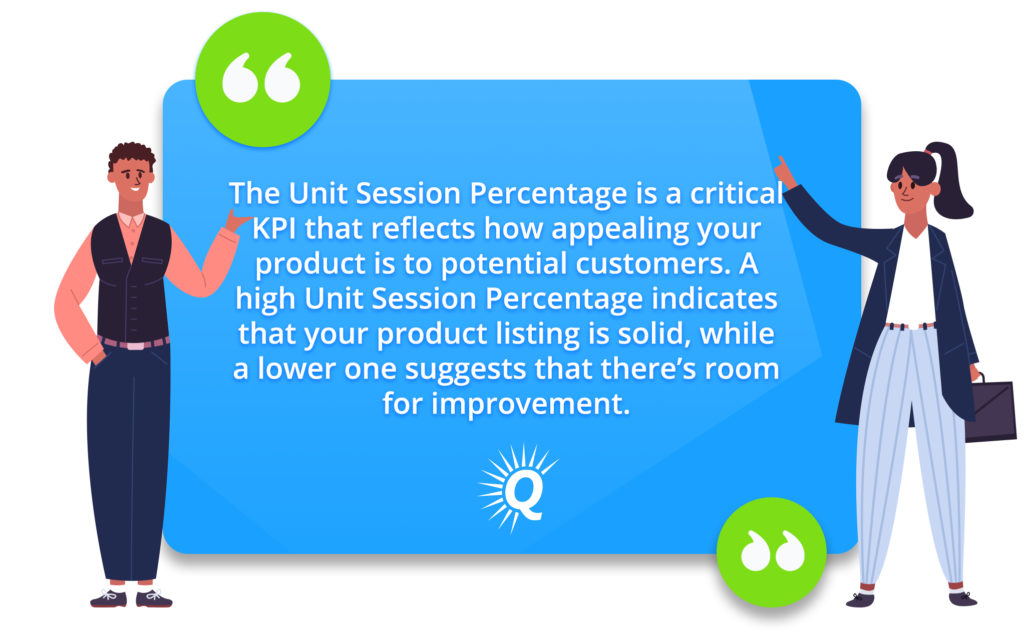

For example, if your product has 100 sessions and 20 sales, your Unit Session Percentage is 20%.
The Unit Session Percentage is a vital KPI that reflects how appealing your product is to potential customers. A high Unit Session Percentage indicates that your product listing is solid, while a lower one suggests that there’s room for improvement.
On Amazon, the average Unit Session Percentage is just over 12%. By looking at your own products’ Unit Session Percentages, you can get a pretty good idea about how well they’re performing compared to other listings.
A few key elements that influence Unit Session Percentage include:
- Reviews
- Images
- Copy
- Price point
If your Unit Session Percentage is lower than you would prefer, it might be beneficial to determine if you can improve your product listing. Ensuring that you have effective copy, high-quality images, and excellent reviews are fundamental when it comes to converting page visitors into paid customers.
Thinking of Selling Your Business?
Get a free, individually-tailored valuation and business-readiness assessment. Sell when you're ready. Not a minute before.
Not only is having a high Unit Session Percentage important for maximizing organic Amazon sales, but it can also allow you to have a lower advertising cost and higher ROI when running Amazon sponsored ads.
2. Best Seller Rank
Each product has a Best Seller Rank, also referred to as BSR. The BSR indicates how many units of the product are sold relative to every other product in its category.
For example, if a product is BSR #1, it means that it sells more units than any other product in its category. Similarly, a product that is BSR #2 sells the second most units in its respective category.


Based on this, it’s easy to see why BSR is so consequential. While there are several other factors that are salient when evaluating a given product’s success, the BSR vividly indicates how many units are selling compared to the competition.
Having a low BSR (remember, lower is better), typically involves two key elements:
- Lots of sessions
- High Unit Session Percentage
Being the market leader typically requires getting an abundance of traffic (sessions), and turning that traffic into paying customers (sales conversion rate).
Therefore, products with the best BSR customarily rank well for several high-volume keywords and do an effective job at converting Amazon shoppers into paying customers.
It’s important to emphasize that BSR is based on how many units of a product are sold and not on how much revenue the product generates. A product may sell many units but not have a high sales volume if it has a low price.
3. Pre-Fulfillment Cancellation Rate
The Pre-Fulfillment Cancellation Rate (PFCR) is a measure of how many customers cancel already placed orders.
Generally, the most common reason for customers to cancel an order is due to the product not being available. Of course, this only happens when the seller lists a product for sale that isn’t actually in stock.


For sellers who utilize Amazon’s FBA services, this isn’t a huge issue since Amazon lists products as “unavailable” when stock is depleted. However, for FBM sellers, it’s paramount to have effective inventory management systems in place to ensure that PFCR stays as low as possible.
The target for this Amazon metric is 2.5%.
4. Late Dispatch Rate
For FBM sellers, it’s critical that orders are shipped to customers in a timely manner. Orders are considered late if they are shipped 3+ days after the established ship date.
Amazon requires that sellers maintain a dispatch rate of under 4%. A Late Dispatch Rate exceeding 4% may lead to a suspended or deactivated seller account.


In addition to reprimands by Amazon, late shipments can lead to negative customer feedback when expectations weren’t met. Late shipments can lead to increased returns (some customers will buy a different product if their first choice will not have a timely arrival).
Usually, sellers can maintain a low Late Dispatch Rate by using effective inventory management practices and a sound logistics system.
5. Inventory Performance Index
Just as certain performance metrics primarily affect FBM sellers, there are those that are specific to Amazon FBA sellers…
Inventory Performance Index (IPI) is a metric that measures how efficiently a seller manages their FBA inventory.
There are a few different elements used to determine a seller’s IPI, including:
- Inventory overstock
- Long-term storage fees
- Product listing issues
- Sufficient inventory
Excess inventory and long-term storage fees reduce a seller’s IPI, as do product listing issues. If a product has an excess of inventory at Amazon’s warehouses or has product listing issues preventing it from being sold, the IPI will fall.
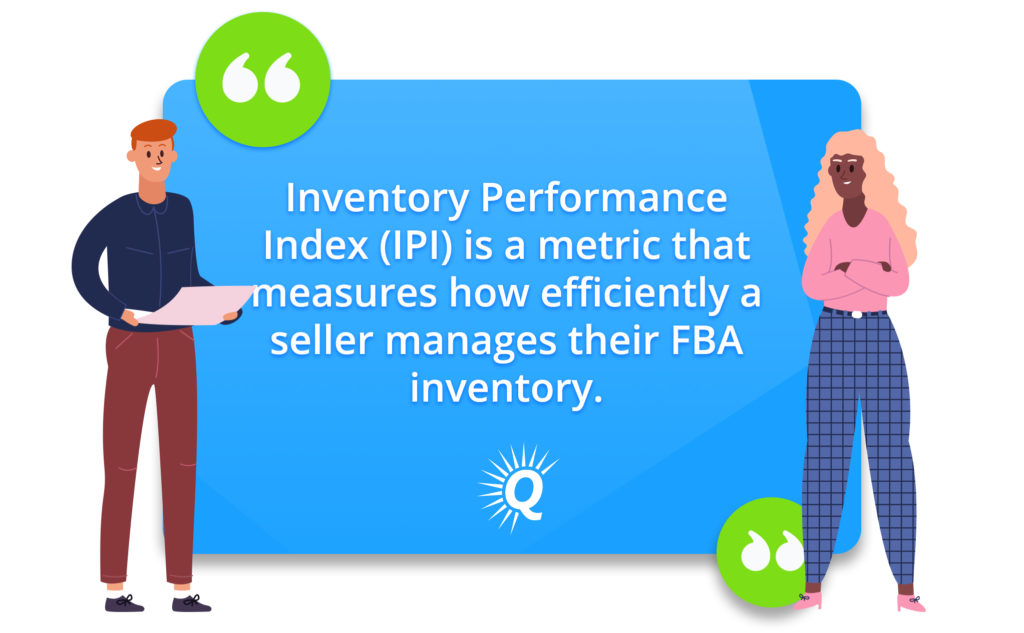

Similarly, running out of inventory for popular products during peak sales periods isn’t good either. Therefore, sellers should ensure that their inventory levels match demand for all months of the year, as well as maintain acceptable product listings.
6. Order Defect Rate
Ever since humans have been selling and buying products, Order Defect Rate (OSR) has been an important Amazon performance metric to track. As a vital KPI that significantly impacts customer satisfaction, Amazon takes sellers’ ODR very seriously.
There are three types of Amazon ODR:
- A-to-Z Guarantee Claim Rate
- Negative Feedback Rate
- Credit Card Chargeback Rate
Amazon has strict guidelines for determining what claims count against a seller’s ODR and are intended to hold sellers accountable for defective inventory.


ODR is based on all orders from the previous 60 days from each Amazon customer your business has sold to during that period. An ODR above 1% may lead to an account suspension or deactivation.
7. Fulfillment Performance
Fulfillment Performance reflects a seller’s overall inventory management and fulfillment effectiveness by taking into account the Order Defect Rate, Pre-Fulfillment Cancellation Rate, and Late-Shipment rate.
As a summary from the previous sections, Amazon’s standards for each of these metrics are:
- Order Defect Rate <1%
- Late Shipment Rate <4%
- Pre-Fulfillment Cancellation Rate <2.5%
If a seller does well with Fulfillment Performance, it means that they are necessarily succeeding at meeting Amazon’s standards for ODR, LSR, and PFCR. Therefore, for many sellers it is an essential KPI to track — it reflects four metrics with one number.
8. Invoice Defect Rate
For Amazon Business customers, invoices are often required for tax or accounting purposes. To keep customer satisfaction high, Amazon has strict standards in place that measure how well sellers deliver invoices to Business Customers.
The Invoice Defect Rate measures how consistently a seller provides timely invoices to Amazon Business customers.
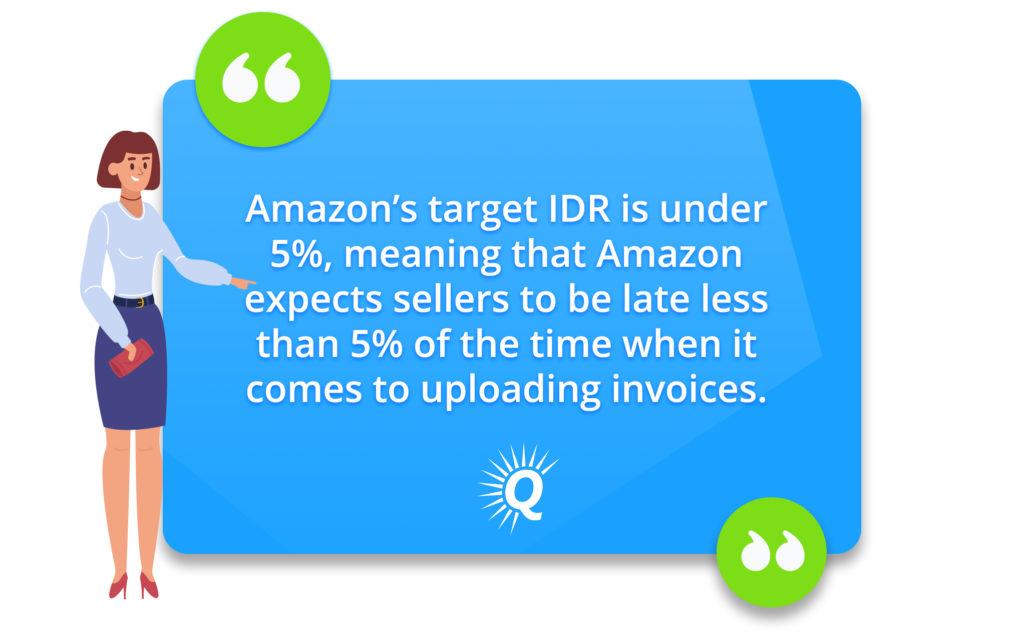

Amazon requires that sellers provide invoices or receipts to Amazon Business customers within one business day of the sale. For example, if an order takes place on Monday, the seller has until 11:59 PM on Tuesday to upload an invoice.
Amazon’s target IDR is under 5%, meaning that Amazon expects sellers to be late in uploading invoices less than 5% of the time. Sellers can view their IDR on the Account Health page within Amazon Seller Central.
To make things easier, Amazon provides VAT services that make it simple and straightforward to generate and send invoices to Amazon Business customers.
9. Buyer-Seller Contact Response Time (CRT)
CTR measures the number of messages a seller responds to within 24 hours of message receipt.
Amazon’s standards require that sellers respond to customer messages within 24 hours. If a seller takes more than 24 hours, their CRT will be negatively affected.
It’s important to note that the 24-hour response benchmark applies seven days a week. Whether it’s Wednesday or Saturday, Amazon expects sellers to get back to customers in a timely manner.


For this reason, as an Amazon seller and brand owner, it’s important to check customer messages frequently in order not to miss messages from customers. Therefore, many sellers choose to hire a customer service virtual assistant (or team of assistants) so they don’t need to constantly check messages and respond to inquiries.
Not only will meeting Amazon’s target CRT give you points with Amazon, but it will also help to establish your brand as a customer-centric business.
10. Seller Rating
Several other metrics are merged together to generate the Seller Rating, which is the ultimate measure of how well a seller is meeting Amazon’s standards.
The Seller Rating is a number that ranges between 0-100 and is based on six primary metrics:
- Shipping time
- Order cancellations
- Chargebacks
- A-to-Z Guarantee Claims
- Customer reviews
- Customer inquiries
Additionally, there are several other metrics that also determine the Seller Rating. These include:
- Order Defect Rate
- Pre-Fulfillment Cancellation Rate
- Perfect Order Percentage
- Message response times
- Feedback Rating
- Return Dissatisfaction Rate
- Refund Rate
- Valid Tracking Rate
Together, these variables determine the Seller Rating which is one of the most critical numbers for sellers to track. If your Seller Rating is high, then all is well. If it starts to dip, then it might be time to look deeper at all of the metrics on which it’s based to understand and address the root issue.
Not only is maintaining a high Seller Rating important for keeping your selling privileges, but it’s also a relevant variable in Amazon SEO.
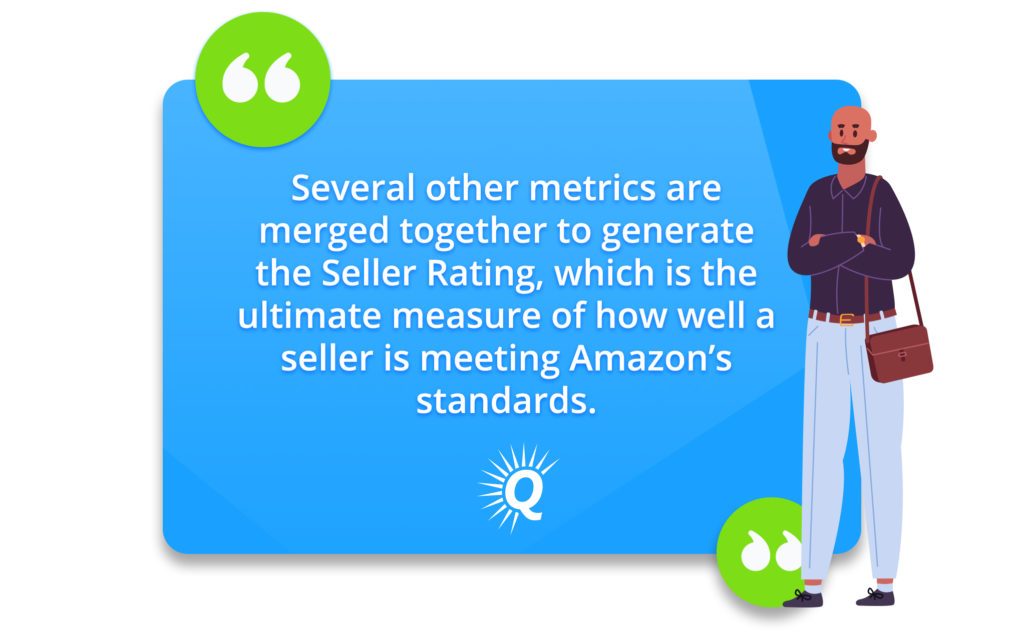

The Seller Rating is based on metrics generated by all orders over the last 365 days. However, orders that occurred more recently are weighted more heavily than those that took place in the more distant past.
Importance of Monitoring Amazon Seller Metrics
So, Amazon provides you with all this data, but exactly why is that information important?
Monitoring your Amazon seller metrics is important for two primary reasons: The metrics tell you what goals you need to meet to maintain your selling privileges, and they provide valuable insight for improving your business.
Staying on Amazon’s ‘Good Side’
Every seller has heard horror stories of profitable Amazon accounts getting shut down. As an FBA business owner who has poured sweat and tears into building their Amazon business, an account shutdown can feel absolutely devastating.
While some sellers claim that their account was shut down for “no reason at all,” the truth is, most of the time there was a pretty clear reason… the seller failed to meet Amazon’s established benchmarks for each Amazon seller metric.
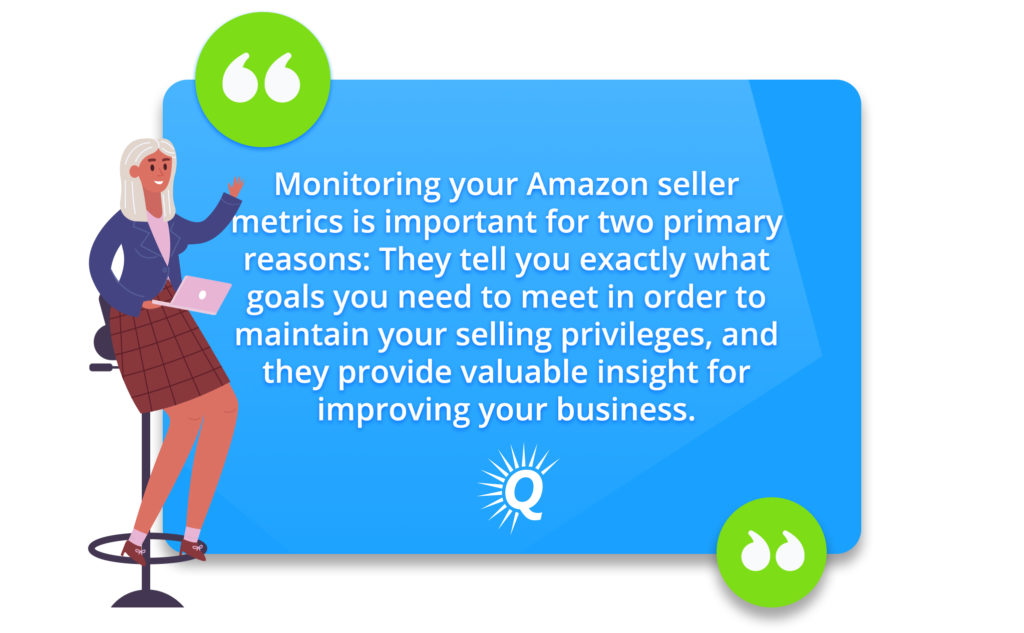

If you’re not tracking your Amazon seller metrics, you won’t notice if an important KPI starts to fall below Amazon’s standards, leading to an account suspension or deactivation.
No one likes unpleasant surprises, and an unexpected Amazon account suspension or deactivation certainly qualifies as “unpleasant.” Without consistent tracking, it’s often impossible to see trouble coming until it’s too late.
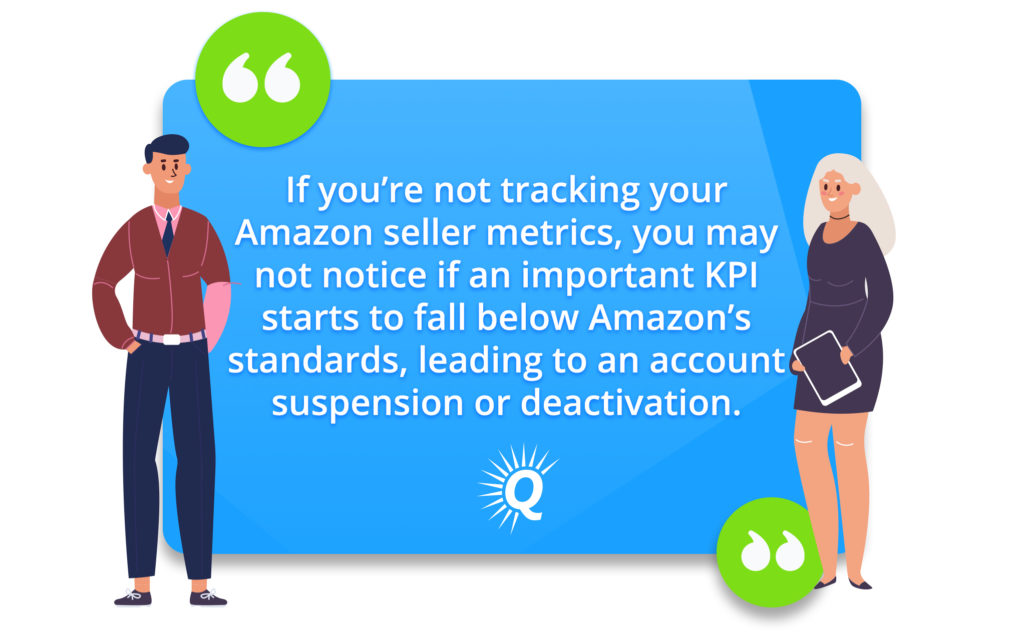

On the other hand, with an effective tracking system in place, it’s possible to see negative metric trends occurring before they become devastating.
For example, if you notice that your Inventory Defect Rate starts to approach 5%, you can take proactive steps to fix the issue. Perhaps, that means speaking with the employee or contractor responsible for sending invoices. Or, if you’re sending invoices yourself, maybe it means simply setting a reminder to catch up on invoices each day for 10-20 minutes.
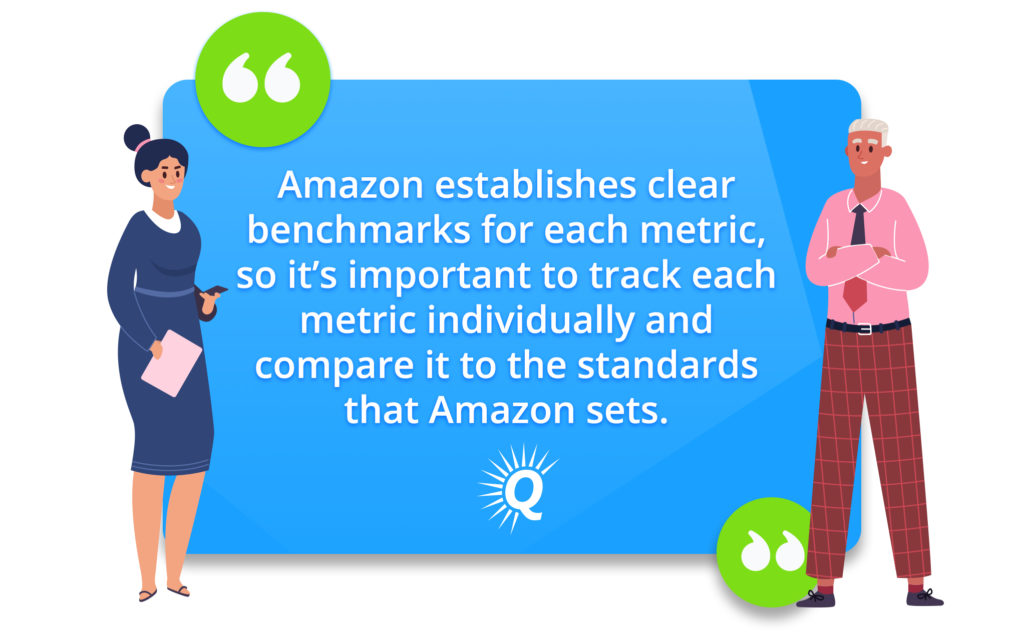

Amazon establishes clear benchmarks for each metric, so it’s important to track each metric individually and compare it to Amazon standards..
Using Metrics to Improve Your Amazon FBA Business
In addition to pleasing the powers that be at Amazon, seller metrics allow you to understand what aspects of your business are working well, and which ones should be improved.
There are many different seller metrics to track, and each one reflects a different aspect of your business’s performance. In general, “performance” can be broken down into two areas, each of which is necessary for the other.
- Customer Satisfaction
- Profitability
Many of the metrics on which Amazon focuses are related to customer satisfaction. Meeting high standards of customer satisfaction is important for ethical reasons as well as long-term profitability and if you ever want to sell your Amazon business.
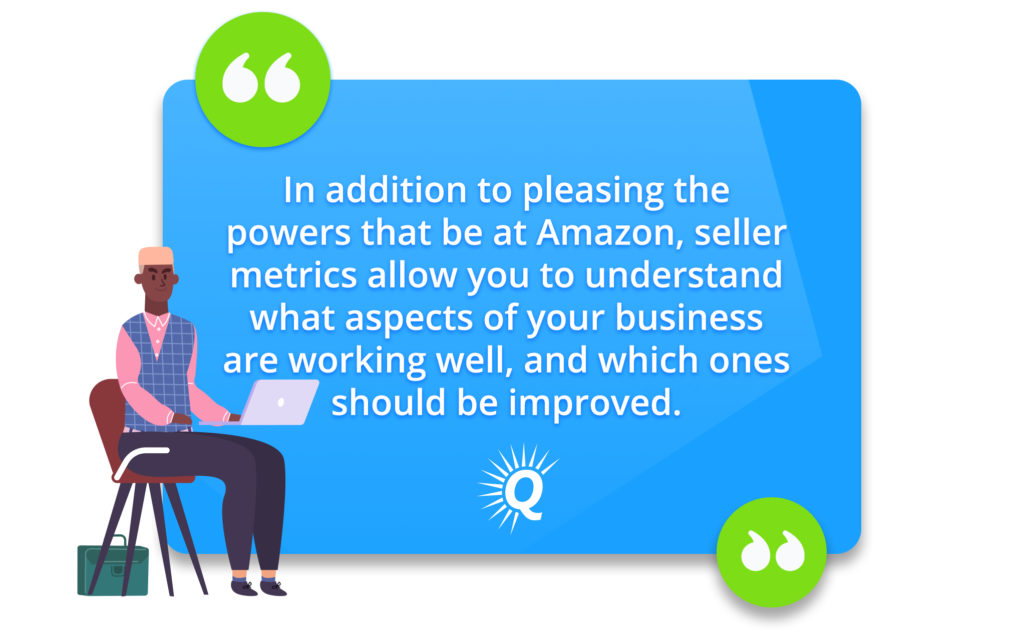

Upsetting your customers is a quick way to get negative reviews and a poor customer feedback rating, which in turn, leads to fewer customers in the future.
To avoid mistakes leading to a high customer dissatisfaction rate (order defects, late message responses, etc) sellers should keep a close eye on seller metrics that reflect how well they’re serving their customers. If a metric becomes concerning, action should be taken immediately.
Other Amazon data has nothing to do with upholding commitments to customers, but rather, reflects the effectiveness of your sales and marketing efforts.


For example, you may not irritate customers by having a low Unit Session Percentage (conversion rate), but you may not get many sales either.
By attending to your conversion rate and updating product pages accordingly, you’ll be well-prepared to maximize any direct marketing activities in which you choose to engage.
Using Seller Metrics to Manage Contractors and Employees
Just as Amazon uses seller metrics to evaluate each seller, you can use them yourself to track and manage your employees and contractors.
For example, if you hire a virtual assistant to respond to customer messages, the Buyer-Seller Contact Response metric (CTR) can serve as a highly accurate job-performance score. Of course, you’ll also need to be sure they’re saying the right things in their messages, but at least it will be cut-and-dry whether or not they’re responding in a timely manner.
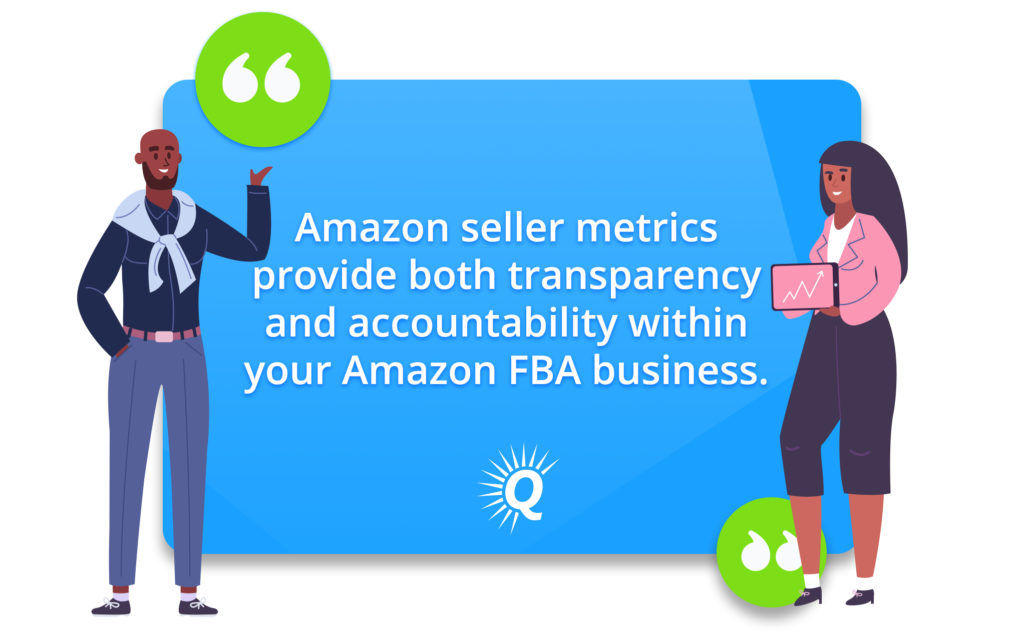

Similarly, if you’re an FBM seller and you’ve hired an assistant to ship orders for you, all you have to do is check the Late Dispatch Rate (LDR) to make sure that shipments are going out in a timely manner.
In other words, Amazon seller metrics provide both transparency and accountability within your Amazon FBA business.
How to Monitor Amazon Seller Metrics
Amazon makes it very easy for sellers with a professional selling account to access and monitor Amazon seller metrics.
Most seller metrics can be found by accessing one of three different types of reports:
- Business
- Inventory
- Performance
Within your Seller Central account, you can find several different kinds of reports.
Business Reports
Business reports generally contain information relating to sales and marketing effectiveness. A few key metrics that can be found within Business Reports include:
- Sessions
- Units Ordered
- Unit Session Percentage
- Buy Box Percentage
Notice that each of these metrics reflects a different aspect of the selling process. Together, they tell you how successful your business is marketing and selling its products to Amazon customers.


Whether your marketing efforts need to be improved or you have unauthorized sellers competing for the Amazon buy box, these metrics can provide a wealth of insight.
Inventory Reports
As the term suggests, inventory reports contain metrics relating to inventory management, such as stock status. To access metrics relating to inventory, simply click on the “Inventory” tab, and then click on either “Manage Inventory” or “Inventory Reports,” depending on what information you want to view.
Performance Reports
Performance reports can be accessed via the “Performance” tab on the top menu bar in Seller Central. Performance reports include:
- Seller Rating
- Order Defect Rate
- Late Shipment Rate
- Pre-Fulfillment Cancel Rate
Metrics such as Late Shipment Rate and Order Defect Rate should be monitored very closely. If a defective batch of inventory sneaks through your QC process and starts getting shipped to Amazon Marketplace customers, it’s essential that the issue is identified and addressed immediately.
The same is true of logistics issues that cause recurrent late shipments.
Tools and Resources for Monitoring Amazon Seller Metrics
Although all FBA seller metrics are easily accessible within your Amazon Seller Account, keeping track and managing them isn’t always easy. As your business grows, it can be nice to have a clear and simple dashboard that displays all of your most important metrics in real-time.
Luckily, there are several software programs that you can connect to your seller account in order to track sales, inventory, and other critical seller metrics. Some of this software includes:
Many of these tools focus on product research and ad spend management, although most have metric tracking and Amazon CRM solutions built-in. By using the right features, these software programs can help streamline the metric tracking process to ensure that sudden changes are quickly noticed and addressed.
Conclusion
Although there are a multitude of elements involved in successfully selling on Amazon, the process doesn’t need to be complicated or overwhelming. By identifying the core drivers of success and implementing effective management processes, sellers can easily make sense of the most important metrics in their FBA businesses.
Thinking of Selling Your Business?
Get a free, individually-tailored valuation and business-readiness assessment. Sell when you're ready. Not a minute before.





